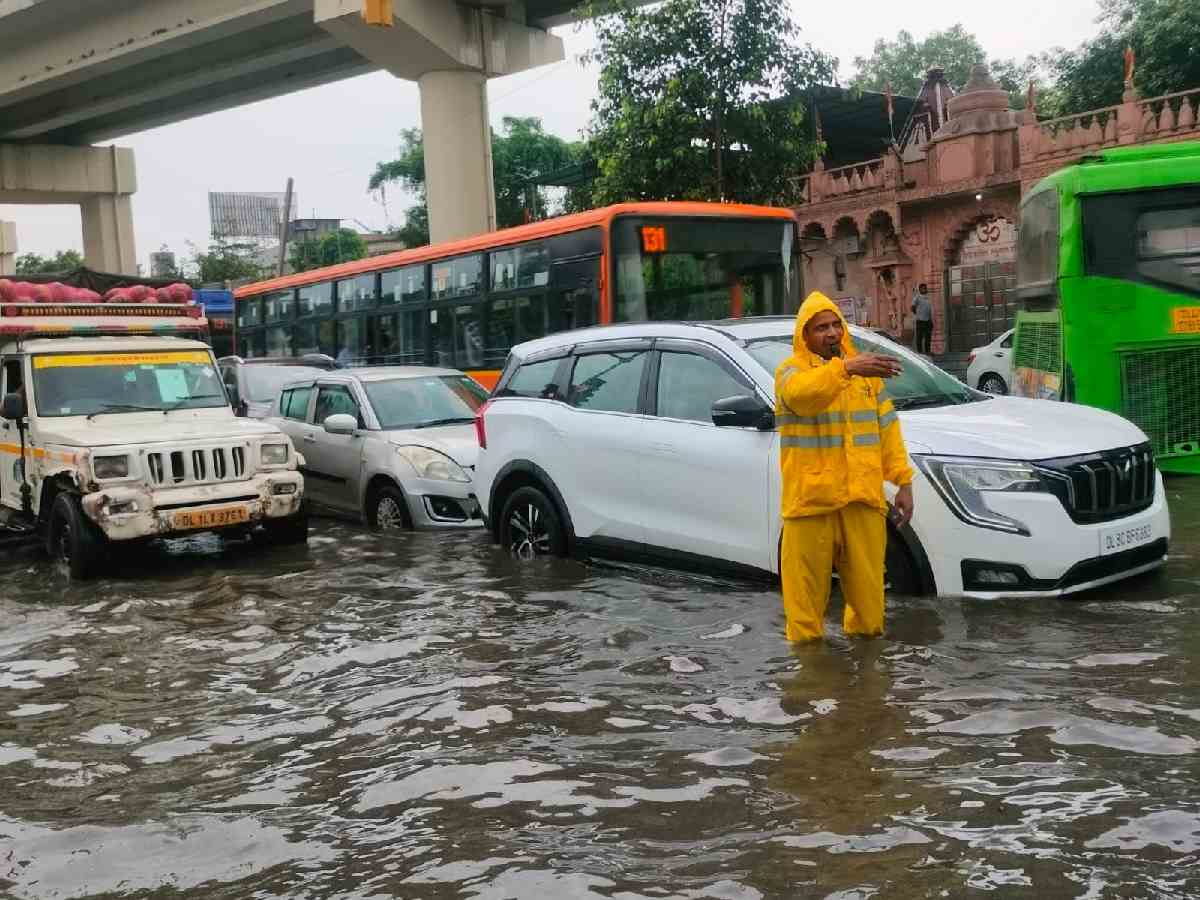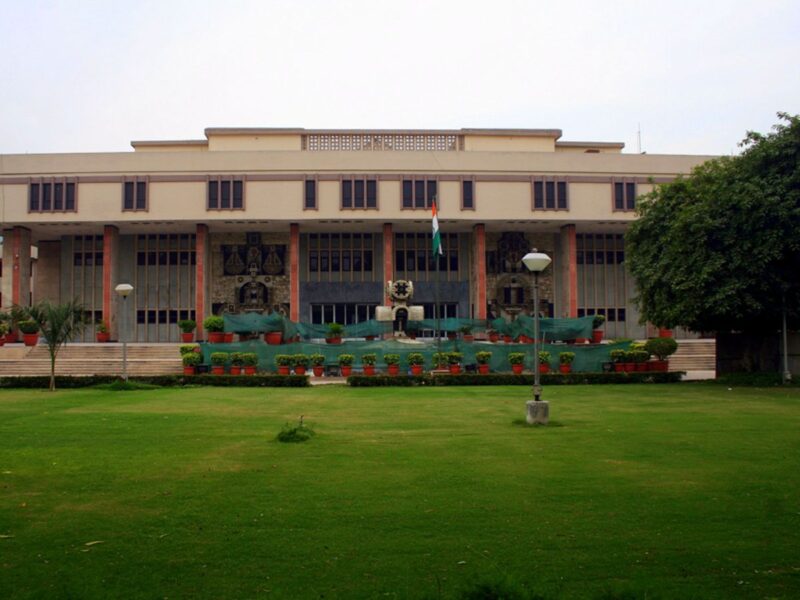Parts of Delhi and Noida witnessed severe waterlogging following rainfall in the early hours of Friday. The downpour resulted in traffic congestion and people faced problems commuting due to the rain.
Police received 15 complaints related to traffic issues and 12 complaints about waterlogging.
In an update on X, the Delhi Police informed that traffic was disrupted on GTK Road due to waterlogging near GTK Depot, with diversions being made towards the Wazirabad side. “Commuters can take road number 51 to reach the NPL side,” they advised.
Traffic Alert
Traffic is affected on GTK Road due to waterlogging near GTK Depot. Traffic is being diverted towards Wazirabad side. Commuters can take Road No. 51 to reach NPL side. pic.twitter.com/qjFn5XdpOB
— Delhi Traffic Police (@dtptraffic) August 23, 2024
Traffic was also affected on RTR, specifically on the carriageway from Moti Bagh Chowk towards Sector-8 RK Puram, due to waterlogging near Moti Bagh Chowk.
Traffic Alert
Traffic is affected on RTR in the carriageway from Moti Bagh Chowk towards Sector-8 R.K Puram due to water logging near Moti Bagh Chowk. Kindly plan your journey accordingly. pic.twitter.com/uPJFKaKxHB
— Delhi Traffic Police (@dtptraffic) August 23, 2024
Additionally, traffic disruptions were reported on Ring Road, Vande Mataram Marg, and GGR, particularly under the Dhaula Kuan flyover, due to heavy waterlogging.
Traffic Alert
Traffic is heavy on Ring Road, Vande Mataram Marg and GGR due to heavy water logging under Dhaula Kuan Flyover. Kindly avoid these stretches and plan your journey accordingly. pic.twitter.com/5uF8UVkq7z
— Delhi Traffic Police (@dtptraffic) August 23, 2024
On Ring Road, both carriageways from Safdarjang towards Dhaula Kuan experienced traffic delays due to severe waterlogging near the Satya Niketan bus stand.
Traffic Alert
Traffic is heavy on Ring Road, Vande Mataram Marg and GGR due to heavy water logging under Dhaula Kuan Flyover. Kindly avoid these stretches and plan your journey accordingly. pic.twitter.com/5uF8UVkq7z
— Delhi Traffic Police (@dtptraffic) August 23, 2024
Furthermore, traffic on MB Road from Khanpur towards Saket Metro Station was impacted by ongoing DMRC construction work near the SDM office. The police have advised commuters to plan their journeys accordingly and avoid these roads.
Traffic Alert
Traffic is affected on MB road in the carriageway from Khanpur towards Saket Metro Station due to ongoing construction work of DMRC near SDM office. Kindly plan your journey accordingly. pic.twitter.com/RHMPkO2X1v
— Delhi Traffic Police (@dtptraffic) August 23, 2024
Meanwhile, an overcast sky covered the national capital as rain lashed several parts of the city early Friday afternoon, with the weather department predicting more showers throughout the day.
The India Meteorological Department (IMD) has issued a ‘yellow’ alert for the city.
The IMD uses colour codes in weather warnings to highlight the severity of expected weather phenomena. These codes are meant to forewarn relevant officials and disaster management authorities to prepare for necessary actions related to disaster risk reduction.
Also Read:Delhi: MCD under-reporting data on unsafe buildings, suggests report
A ‘green’ alert indicates no advisory is needed, while ‘yellow’ signals to be aware as conditions may worsen, causing disruptions to daily life. ‘Orange’ indicates a need to prepare for likely power outages and potential disruptions to transport, rail, road, and air. A ‘red’ alert means action is required due to extremely bad weather conditions, which are expected to disrupt transportation and power supply and could pose a risk to life.
Delhi recorded a minimum temperature of 26.5 degrees Celsius, according to the IMD. The humidity level was noted at 85 per cent, with the maximum temperature expected to reach 35 degrees Celsius.
Air quality in the city was in the satisfactory category, with an improved reading of 75. An AQI between zero and 50 is considered good, 51 to 100 satisfactory, 101 to 200 moderate, 201 to 300 poor, 301 to 400 very poor, and 401 to 500 severe.





